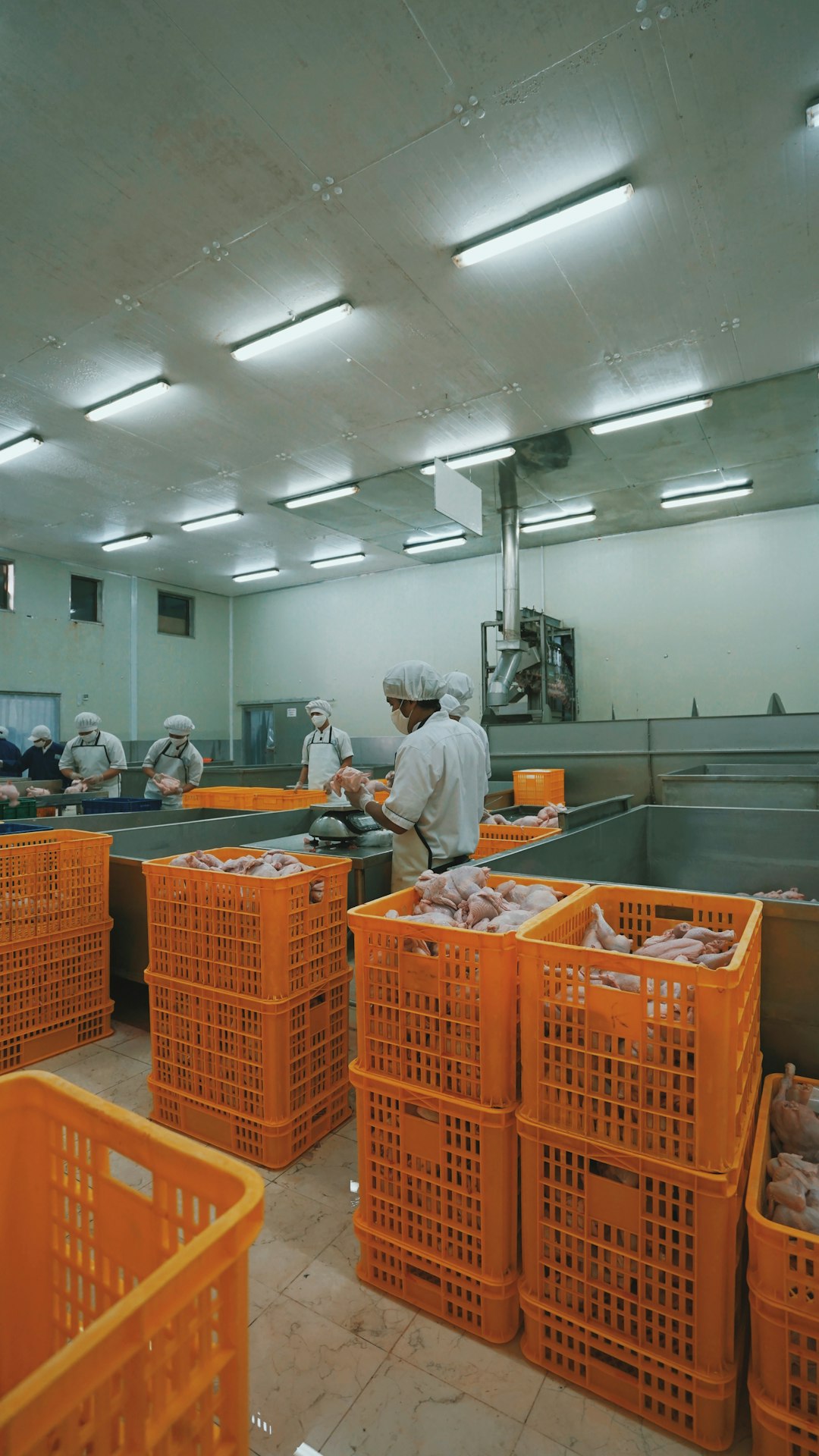Revolutionizing Product Design through Computer-Aided Manufacturing (CAM)
In today’s rapidly evolving digital world, technology has revolutionized various aspects of our lives, including product design and manufacturing. With the advent of Computer-Aided Manufacturing (CAM), the traditional approach to designing and producing goods has been transformed, enabling businesses to streamline their processes and enhance their productivity.
CAM refers to the use of computer software and hardware to control and automate manufacturing processes, from product design to final production. It allows designers and engineers to create highly intricate and complex designs with precision and efficiency. By integrating computer systems with manufacturing equipment, it minimizes human error and increases accuracy in every stage of the production process.
One of the most significant advantages of CAM is its ability to improve productivity and reduce production lead times. Traditional design and manufacturing processes often involve time-consuming and labor-intensive tasks that can inevitably lead to delays and inefficiencies. With CAM, designers can create virtual models of their products, simulating and testing different iterations in a virtual environment before actual production. This virtual prototyping allows for faster iterations and design modifications, saving time and resources while expediting the overall manufacturing process.
Moreover, CAM enables designers to push the boundaries of creativity and innovation. With the help of advanced computer software, designers can explore new design possibilities and experiment with intricate shapes and forms that were previously unthinkable with traditional manufacturing methods. The ability to seamlessly merge art and functionality has opened up new horizons for product designers, allowing them to create unique and aesthetically pleasing products that capture the attention of consumers.
Accuracy and precision are paramount in the realm of product design and manufacturing. A single minuscule error can lead to costly defects and compromises the integrity of the final product. CAM systems ensure utmost precision by translating the precise digital design data into machine instructions that guide the manufacturing process. This eliminates the potential for human error and ensures that the final product matches the exact specifications of the digital design. As a result, businesses can reduce wastage, enhance quality control, and deliver products that meet or exceed customer expectations.
CAM also facilitates seamless collaboration between designers, engineers, and manufacturers. By utilizing digital design files that can be easily shared and modified, various stakeholders can work together in real-time, making changes and exchanging insights without the limitations of physical distance. This enhanced collaboration fosters innovation and accelerates the product development cycle, allowing businesses to respond quickly to changing market dynamics and customer demands.
In conclusion, the advent of Computer-Aided Manufacturing (CAM) has revolutionized product design and manufacturing. Its integration of computer software and hardware enables businesses to streamline their processes, reduce lead times, and enhance productivity. CAM empowers designers to push the boundaries of innovation, ensuring accuracy and precision throughout the manufacturing process. With its ability to foster collaboration and enable real-time modifications, CAM has become an indispensable tool in revolutionizing the way products are designed and manufactured in today’s digital age.
